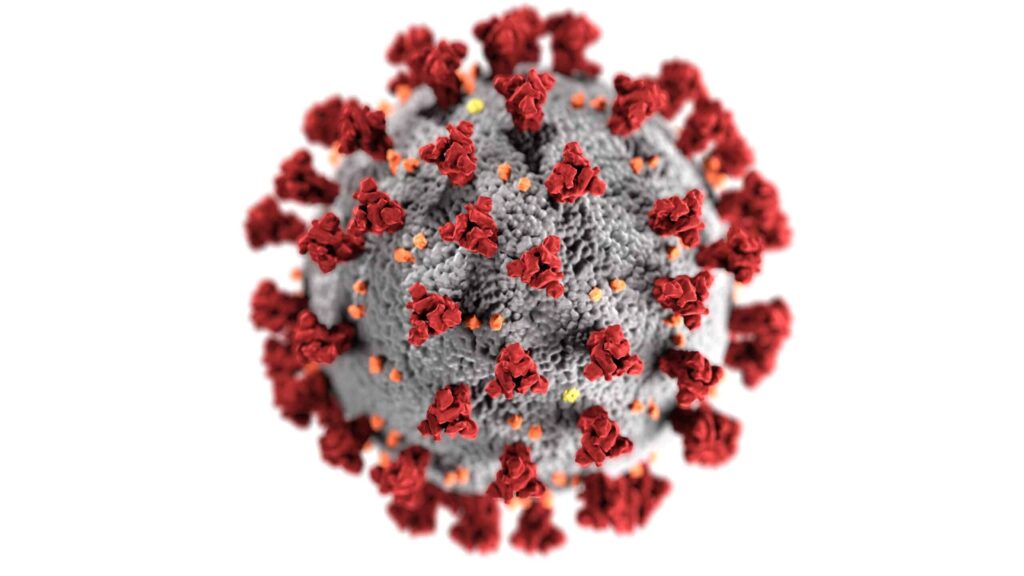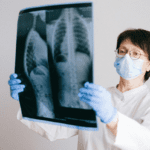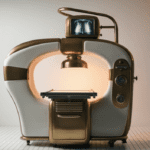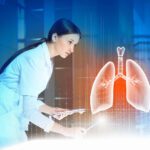It’s universally recognized that the COVID-19 pandemic stressed out most medical personnel regardless of professional specialty. A study out of the United Kingdom reported on anxiety and workplace-related stress among radiologic technologists (RT).
The July 2021 issue of Radiography focused on a study by U.K. researchers. Kate Madden Yee, staff writer for Aunt Minnie.com, https://www.auntminnie.com/covered the study for her website, reporting that the crisis changed clinical working patterns and workloads and that many RTs (known as radiographers in the U.K.) didn’t receive the necessary training for appropriate patient care.
Theophilus Akudjedu, Ph.D., Boumemouth University in Poole, England was a research team leader of the study. He notes “(our) review provides a global snapshot of the pandemic’s impact on clinical radiography practice across different settings of varied resource availability. Worldwide, most radiographers received inadequate training to specifically manage Covid-19
patients during the initial phase of the pandemic.” According to Yee’s reporting, in the early phase of the pandemic chest x-ray emerged as a key tool for diagnosing Covid-19. As a result, radiology staff experienced a surge in exam volume prompting a reorganization of imaging departments and changes in workflow and procedures.
The research materials stated that “in some settings, additional radiography practice modifications were required to reduce cross infection, such as x-raying through room windows with both the digital image receiver/cassette and mobile x-ray machines secured with layers of polythene sheets.”
The research team reviewed 31 articles found on PubMed, Science Direct, and other sources dated between November 2020 and January 2021. Pertinent articles addressed the radiology workforce and service delivery, with subtopics such as training, communication, infrastructure, technology, clinical workflow, and staff mental health.
Key findings included:
Training about Covid-19 infection control, prevention, and patient management was non-existent or inadequate to the due rapid, unexpected evolution of the global pandemic.
The workload increased and changed, affecting not only professional work dynamics but home and family life as well.
Burnout and anxiety were prevalent and included symptoms of anxiety and work-related stress resulting from fear of contracting the virus, increase, and/or changes to clinical workload and workflow.
The research team recommended that radiology departments use the pandemic experience to prepare for healthcare crises going forward.
“Following the current global pandemic, radiography departments will require extensive reorganization and restructuring using key lessons from the pandemic in readiness for post-Covid service delivery,” they concluded
Cheryl Harrison, R.T.(R) (ARRT)




